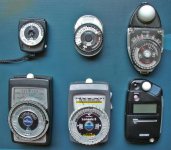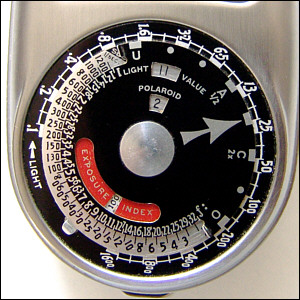JeremyLangford
I'd really Leica Leica
I have a Minolta Autocord 6x6 TLR with no meter and I want to start shooting with it so I need to get a handheld meter. I know very little about light meters but I am hoping that I can get one with a backlit screen because I have been in many situations with my Minolta SRT-101 where I can't see the TTL match needle exposure guide due to the FOV being too dark.
I plan to keep this light meter forever unless I decide to upgrade. If I like using a handheld meter than I will probably save some money by getting an M4-P instead of an M6 when I can afford my first Leica. Would it be worth it for me to get a meter than has both Reflective and Incident metering? I want to keep the meter as small and as cheap as possible without sacrificing important features but I am prepared to spend quite a bit if I need to.
Any suggestions or insight?
I plan to keep this light meter forever unless I decide to upgrade. If I like using a handheld meter than I will probably save some money by getting an M4-P instead of an M6 when I can afford my first Leica. Would it be worth it for me to get a meter than has both Reflective and Incident metering? I want to keep the meter as small and as cheap as possible without sacrificing important features but I am prepared to spend quite a bit if I need to.
Any suggestions or insight?
Last edited:



